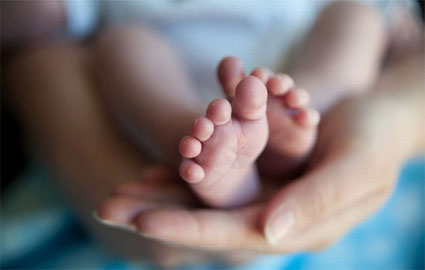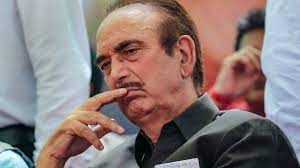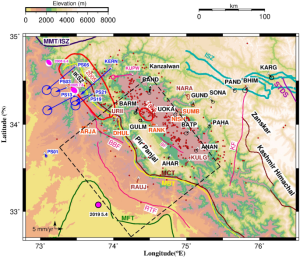
In past three years Kashmir witnesses male baby boom
Valley’s lone maternity hospital records 34,500 male births, 31500 female births since 2019, say officials; In J&K, mothers prefer sons over daughters, reveals NHFS Survey
In the last three years, around three thousand more male baby births have been reported at Lal Ded Hospital, Kashmir’s lone tertiary care maternity hospital in Srinagar.
Well placed health officials revealed that around 34,500 male baby births were reported at Lal Ded Hospital in last three years while as the number of female baby births in the same period was around 31,500.
They said that in the year 2019-20 the number of male births at the hospital was around 12,000, however, in the same period the number of female baby births was around 11,000.
“In year 2020-21 the number of male births at the hospital was around 11,000, however, in the same period the number of female baby births were around 10,000,” the officials said. “In year 2020-21 the number of male births at the hospital was around 11,500, however, in the same period the number of female baby births was around 10,500,” according to local news gathering agency KNO.
Notably , the data from the fifth round of the National Family Health Survey (NHFS-5), released by the Union health ministry has revealed that sex ratio at birth for children born in the last five years (females per 1,000 males) has increased from 923 in 2015-2016 to 976 in 2019-2020.
It also revealed that more than half of the population consider two or fewer children to be the ideal size of the family in J&K and there is a strong preference for sons in J&K and just seven percent of couples prefer more daughters than sons.
There is a strong preference for sons as 23 percent of women and 25 percent of men want more sons than daughters, but only 7 percent of women and men want more daughters than sons.
“However, over four-fifths of women (84-87%) and men (87-89%) would like to have at least one son and at least one daughter,” it added.
“Women’s desire for more children is strongly affected by their current number of sons. For example, among women with two children, about 65 percent with 1 son want no more children, compared with 38 percent with two daughters who want no more children,” it said.
The proportion of currently married women and men with two children who want no more children irrespective of their number of sons has been decreased to 60 percent in NFHS -5 from 69 percent in NFHS-4, and for men, it has decreased to 51 percent in NFHS-5 from 65 percent in NFHS-4, it added.

